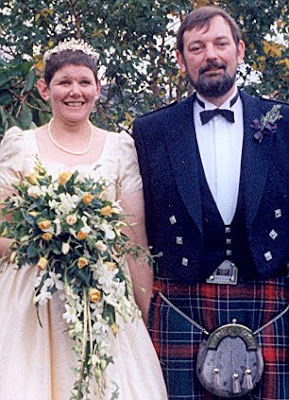Air France Flight 447 Finally Found in Atlantic After Two-Year Mystery
Bodies of victims of Air France flight 447 finally found in the wreckage at bottom of the Atlantic after two-year mystery* Investigators release underwater images of wreckage
* Fresh hope the plane's 'black box' will be recovered
The bodies of some of the 228 victims of the worst air crash in Air France’s history have been found some two-and-a-half miles below the Atlantic Ocean.
Macabre images of the underwater tomb, which includes British and Irish victims, have been grabbed by submarines equipped with robot-controlled cameras.
As investigators released some of the images in Paris, they said they also showed the ‘vast majority’ of the Airbus A330-203 had also been discovered, including its engines.
This raises renewed hope that the black box flight recorders can be retrieved, so helping to explain why Flight AF 447 crashed en route from Rio de Janeiro to Paris on June 1, 2009.
However, after being immersed under intense pressure and in sea water for almost two years, their data may be unreadable.
Confirming the discovery of ‘one large piece’ of the plane, France’s Transport Minister Nathalie Kosciusko-Morizet said it contained 'identifiable bodies' .
Jean-Paul Troadec, director of the Bureau of Investigations and Analysis (BEAR) said: ‘The positive news is that the debris field is relatively concentrated. Thus, we hope to find the black boxes.’
And Air France-KLM’s chief executive Pierre-Henri Gourgeon added: ‘This is very good news because it brings with it the hope that at last we will get some information on what caused this accident, which to this day remains unexplained.’
The £8million search is being financed jointly by Air France and Airbus, who are both at the centre of a criminal enquiry into the disaster, and face manslaughter charges.
An initial search immediately after the crash found 50 bodies and hundreds of pieces of the plane, but went cold after that.
The latest search around the Atlantic’s mountainous seabed has been classed by BEAR as a ‘systematic exploration’ of an area of 3,900 sq miles, at depth of some 13,200 feet
Victims’ families are negotiating multi-million pounds compensation claims, and have been highly critical of the way the searches have been carried out to date.
But they will be relieved that more of the bodies have finally been found, and can be buried or cremated properly.
The plane went down in a high-altitude thunderstorm, with experts suggesting that its sensors, known as pitot tubes and made by French company Thales SA, may have iced over and sent false speed information to on-board computers.
In November, Air France issued a memo to investigators saying the carrier had counted 15 incidents in which the sensors had iced over on the same aircraft type in the 10 previous months before the crash.
The latest search boat, operated by the American Woods Hole Oceanographic Institution, is unable to salvage the wreckage, but will continue to continue to take pictures using the same kind of equipment which was used explore the remains of the Titanic in 1985.
Salvage boats are currently heading for the area, and are expected to arrive by the end of this month.














